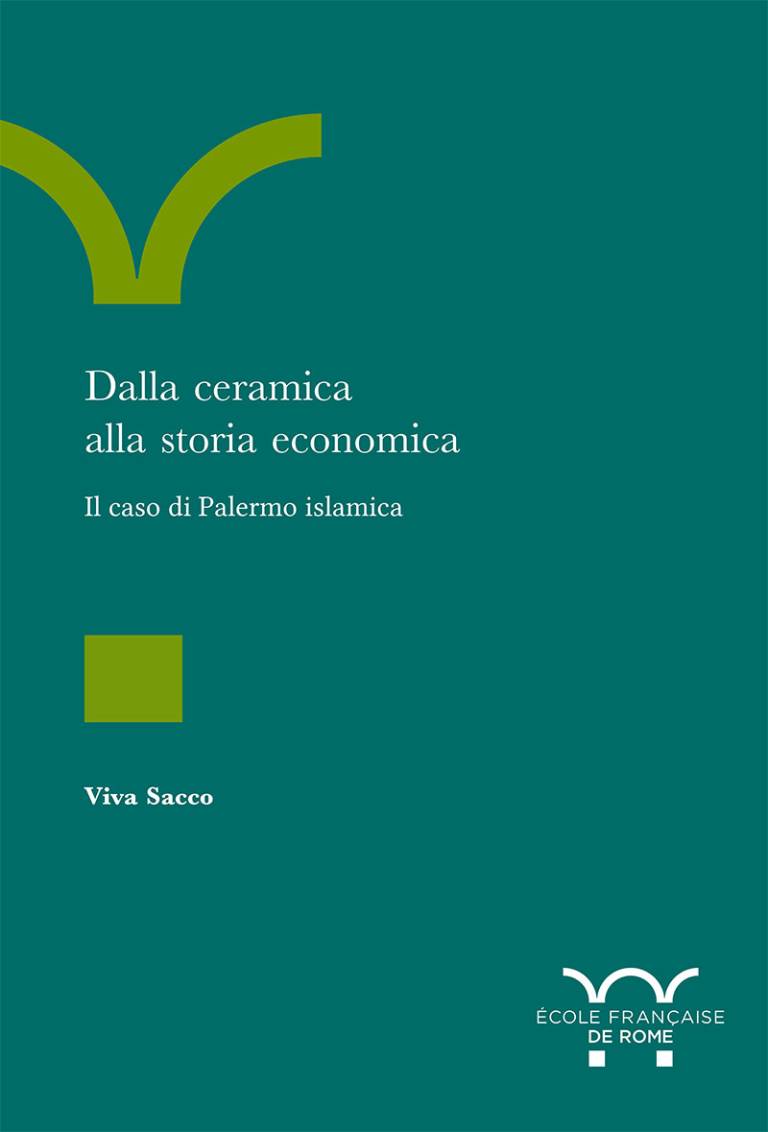From ceramics to economic history. The case of Islamic Palermo
8 April 2024
A new volume, authored by Viva Sacco (British Academy International Fellow, UCL Institute of Archaeology), on the study of Islamic Sicily is now available.

Dalla ceramica alla storia economica: il caso di Palermo islamica by Viva Sacco
(From ceramics to economic history. The case of Islamic Palermo)
This new volume published in the Bibliothèque des Écoles françaises d’Athènes et de Rome (BEFAR) series, proposes a comprehensive chrono-typological classification of the pottery produced and circulating in the Islamic capital Palermo from the late 9th to the 11th century.
Islamic Sicily has emerged from the dark, thanks to a re-reading of written sources combined with the use of archaeology as an historical source. In the last few years, the study of Islamic Sicily, for long assigned almost exclusively to written sources, has benefited from new archaeological data capable of providing new types of information on the social and economic history. In this volume more then 40000 pottery sherds coming from different Palermitan and extra-urban sites has been systematically classified for the first time, in order to propose a useful tool for the study of archaeological deposits.
Furthermore, this work shows the distinctive and invaluable contribution that an archaeological source such as pottery can offer to the reconstruction of the High Middle Ages economic history of the Mediterranean, a period that for long has been shrouded in the dark. In particular, this approach has revealed the key role that Palermo had in the political, economic and social dynamics of the central Mediterranean.
According to Viva Sacco:
“I like to think that the classification here proposed can be on one hand a useful and practical tool for future pottery classification, and on the other a starting point for potential revisions on both chronology and typology, with the employ, in this last case, of archaeological sciences. I also hope that it will contribute to the historical reconstruction of the High Middle Ages commercial dynamics in the central Mediterranean.”
 Close
Close

